Language
You can read the magazine in one of the following languages
Geolocation
You can read the global content or the content from your region
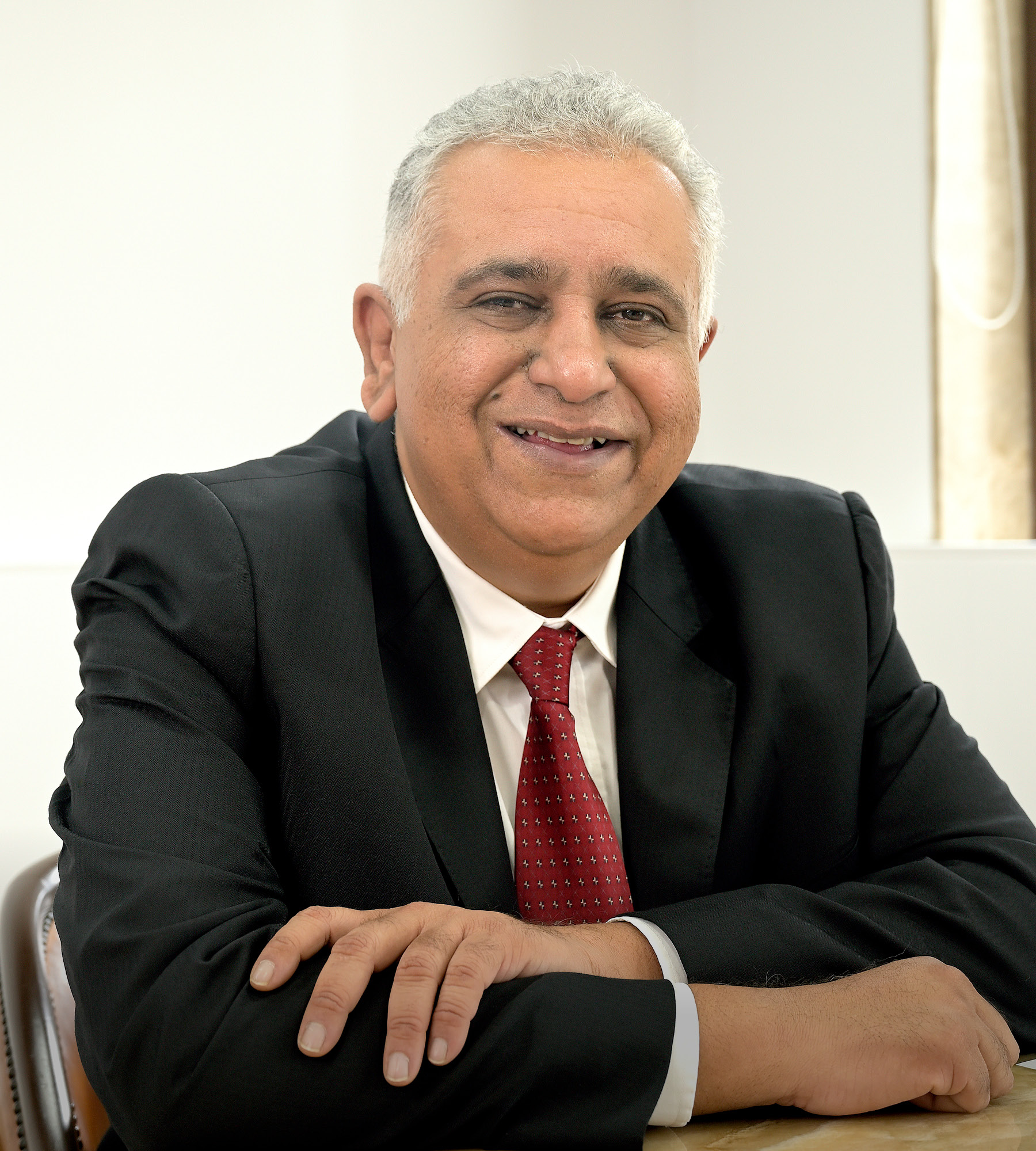
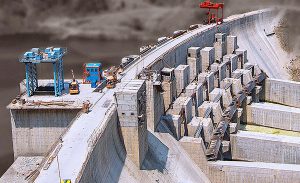
The creation of infrastructure is an act of growth – growth for the city or country receiving the new framework, and growth for the engineering company in charge.
Such is the case for Patel Engineering, one of India’s leading integrated and construction services conglomerates, which has grown substantially over the last five years alongside its portfolio of projects.
“Our staff strength has grown significantly from around 1,200 people to 4,500,” says Rupen Patel, Chairman and Managing Director of Patel Engineering. “And what I’m seeing in the organization right now is that people are picking up the pace. They’re more motivated than ever before, and as a whole our company is very upbeat.”
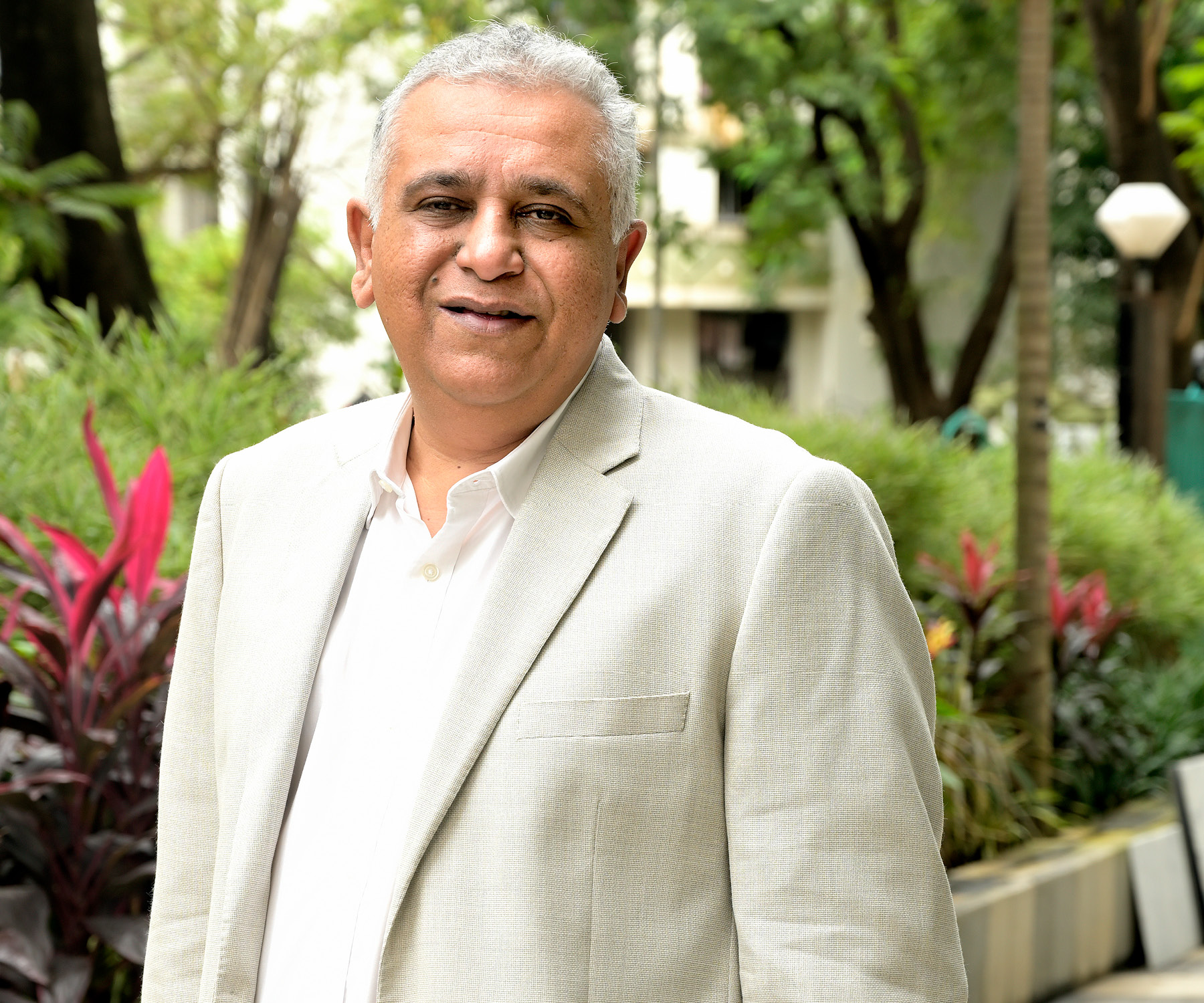
The reason for the positive mood is the Government of India’s renewed dedication to hydropower and other renewables, marking a determined shift away from thermal power.
“Since independence, the government has set up about 46 gigawatts of hydropower,” Patel says.
“Now, the government is planning to set up a further 48 gigawatts over the next 10 years, plus another 30 gigawatts of pump storage projects. That’s one-and-a-half times what was done in the last 75 years,” he says.
For Patel Engineering, the hydroelectric push means a full-scale mobilization of the workforce.
“People are setting up systems for expansion; recruitment is in overdrive,” he says. “Again, we’re very upbeat.”
The company is also very healthy. Patel’s time in the Chairman and Managing Director role has seen Patel Engineering go from strength to strength.

“I became Chairman approximately seven years ago, at a time when our main focus was reducing about 5,000 crores [US$600 million] of debt,” he recalls.
“I knew that if I could reduce that debt down to about 2,000 crores [US$240 million], it would be a great opportunity to take the company forward in our sector.”
As a result of Patel’s leadership, that debt is now below 2,000 crores, and thanks to a series of innovative, high-profile projects, that downward trajectory is set to continue.
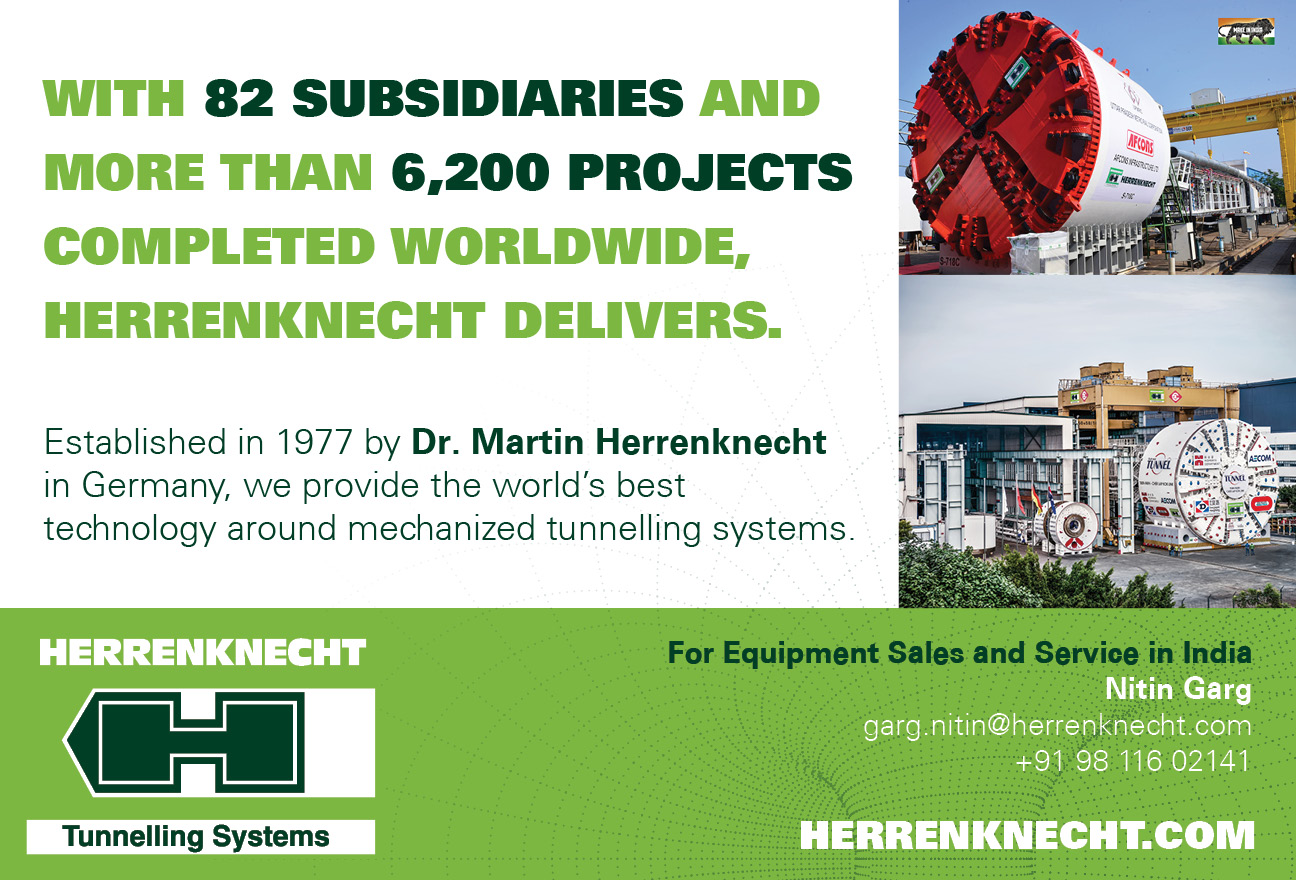
To coincide with Patel Engineering’s 75th anniversary, the firm inaugurated its Sela Tunnel project in Arunachal Pradesh in March of this year. The tunnel, a US$78 million (650-crore) initiative, serves to boost India’s north-eastern strategic and economic interests and provides locals, formerly dependent on the seasons, with a direct link with the rest of India all year round.
“The Sela Pass project is the longest bidirectional tunnel in the world, constructed at an elevation of about 13,500 feet [4,100 meters],” Patel says. “It was a very challenging project.”
The connectivity afforded by the Sela Tunnel will provide the government with a strategic advantage as well as significant savings.
“We completed it within the scheduled time and got great support from our client, the Border Road Organization which stood with us shoulder to shoulder,” Patel says.
If the Sela Tunnel is indicative of Patel Engineering’s current strengths, Patel says the company’s renewable energy plans are a clear look at the future.
“The Paris Agreement means India is required to convert 50 percent of its energy into renewables,” he says. “There’s been a boom in solar and wind, and now hydro, so we’re seeing a pipeline of work which will continue for the next seven or eight years with limited players.”
The largest of these, including the Subansiri Lower, are hydro projects that stand to challenge Patel Engineering in ways even the Sela Tunnel did not, but Patel doesn’t shy away from the test.
“Each project is unique in its own way, and has its own challenge,” he says. “In Sela it was temperature; at Subansiri it’s geology. You have to build an entire underground excavation with specialized equipment. A few times we’ve faced floods. Our project managers must maintain the manpower to work fast and within schedule in extremely remote environments, and that’s a big challenge.”
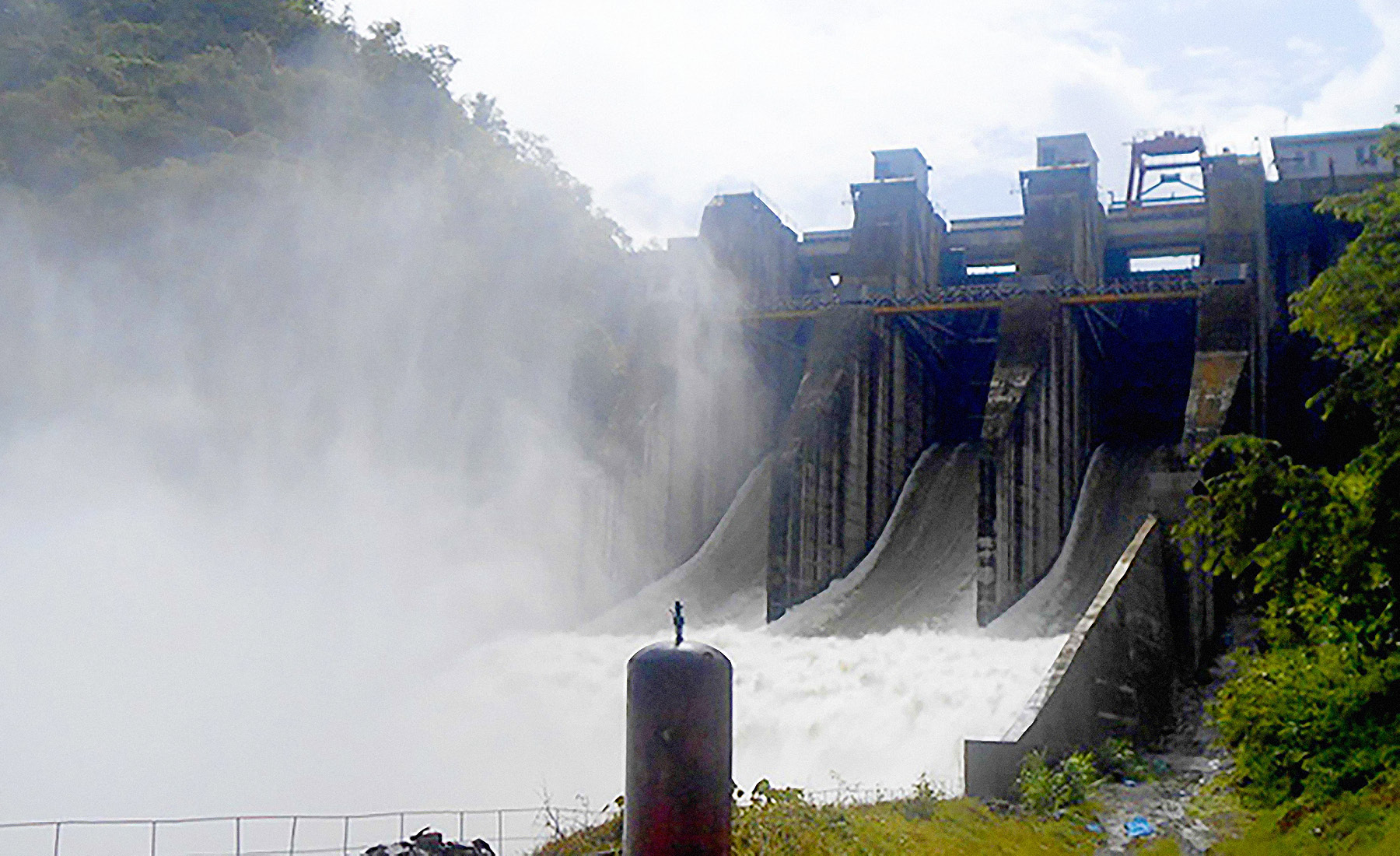
Patel Engineering has proven itself worthy of these trials, and subsequently the company is set to grow by up to 20 percent year-on-year in times ahead.
“The critical areas for us to focus on are people, controls and setting up robust systems of planning,” he says. “We’re a 75-year-old company and we’ve already upgraded our systems, but there’s still work to be done and that’s where our focus will be.”
Despite the effectiveness of his stewardship, Patel is quick to credit the achievements of those around him as instrumental to the ongoing success of Patel Engineering.
“We have to always realize that our endeavors and success are dependent on the sweat and pain of many other people,” he says. “It’s not only your staff, but your subcontractors and suppliers who all contribute to your success. The fact that they grow with you is what makes you a success.”